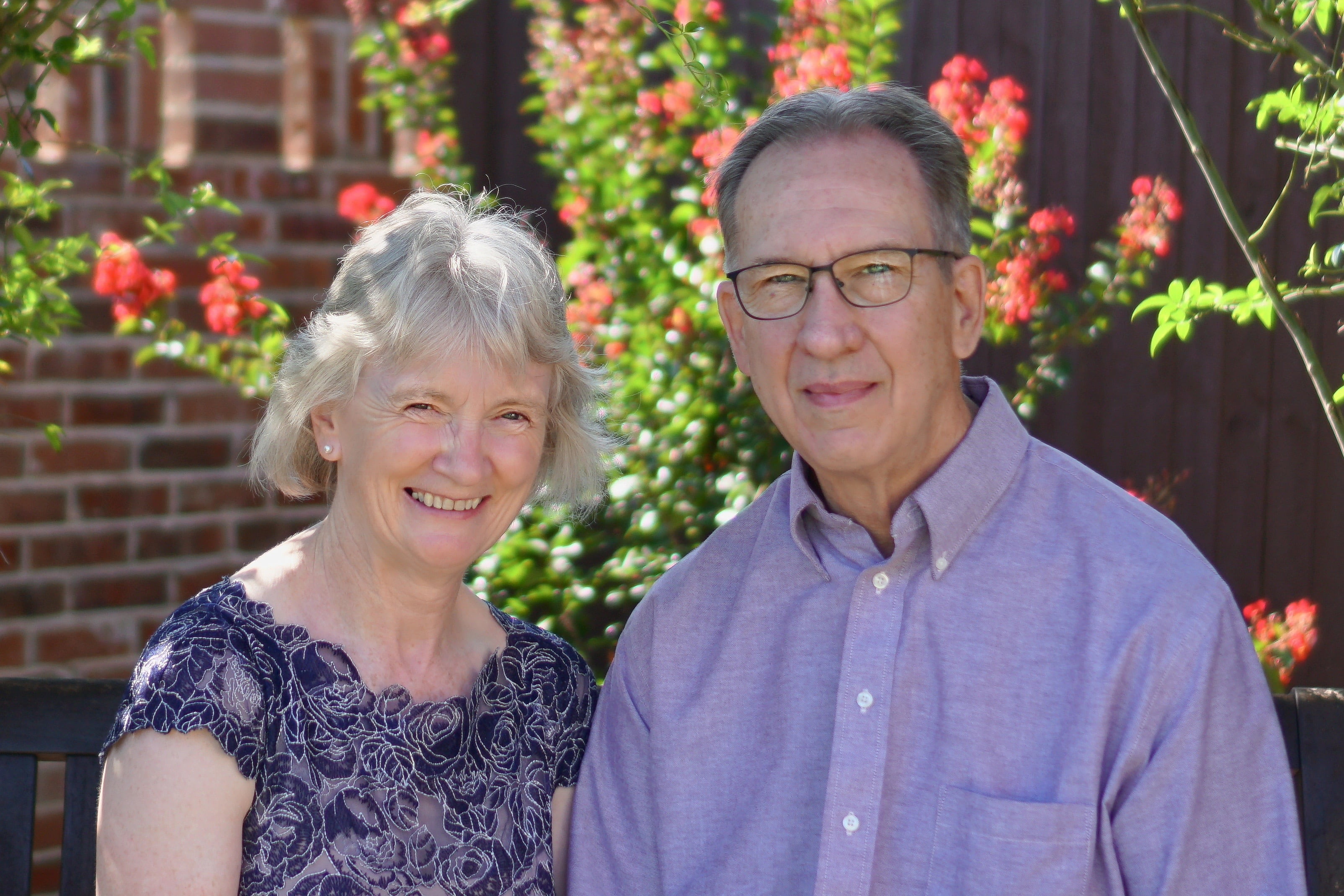Photonics expertise

The University of Texas at Arlington has added expertise to its strong research group in photonics through the addition of James Coleman, who is a member of the National Academy of Engineering, and Catrina Coleman, two distinguished scientists and leaders in the areas of lasers and photonic devices.
Their addition will continue enhancing the university’s robust photonics portfolio, providing a world-class education and research opportunities to students under the direction of distinguished faculty in the areas of quantum optics, nanophotonics, optical amplification, implantable sensors and systems and nano-biosensors.
UTA Provost Teik C. Lim said the addition of the Colemans will keep UTA on the leading edge of discovery in photonics, which is the use of light for transmitting information, optical imaging and optical sensing. The technology, for example, is found in driverless cars or in the use of big data in the medical field.
“It is clearly an area of strategic interest here at UTA and one of the many aspects of the University’s research portfolio that is gaining momentum,” Lim said. “Dr. James Coleman’s research touches on many disciplines. It is based in electrical engineering but takes in and uses materials science and engineering, computer science and engineering, physics and many more disciplines. The 21st century will depend as much on photonics as the 20th century depended on electronics.”
James Coleman joins the Department of Electrical Engineering at UTA after distinguished careers in academia and industry including stints at Bell Laboratories, Rockwell International, the University of Illinois at Urbana-Champaign, and the University of Texas at Dallas. He was elected to the National Academy of Engineering in 2012 and was named a fellow of the National Academy of Inventors in 2014. He is also a fellow of the Institute of Electrical and Electronics Engineers (IEEE), the Optical Society of America (OSA), the American Physical Society (APS), the International Society for Optics and Photonics (SPIE) and the American Association for the Advancement of Science (AAAS). He holds 10 U.S. patents and has authored more than 450 papers and book chapters, in addition to editing 10 volumes and special issues and presenting at over 160 conferences. He has served on a number of National Research Council panels and as president and chair of professional societies and committees.
Catrina Coleman will be joining the Department of Electrical Engineering and brings tremendous experience in the areas of photonic integration, semiconductor optoelectronic devices, diode lasers and mode-locked lasers. She has served on the faculty of the University of Texas at Dallas, the University of Illinois Urbana-Champaign, and the University of Glasgow. She is a fellow of the Optical Society of America (OSA) and of the Institute of Electrical and Electronics Engineers (IEEE). In 2016 she received the Photonics Society Distinguished Service Award and earlier had been a co-recipient of the IEEE LEOS Engineering Achievement Award.
“I’m thrilled to have Drs. Catrina and Jim Coleman join our faculty and the photonics group at UTA,” said UTA President Vistasp Karbhari. “They are both amazing teacher-scholars, dedicated not just to conducting cutting-edge research, but also to ensuring that our students receive the very best education possible, and I’m looking forward to seeing the added vibrancy that they will bring to our College of Engineering and the Physics department as they continue making landmark discoveries at the bounds between disciplines.”
James Coleman said his work focuses on bringing “light and electrical signals down to the integrated circuit.”
“For many people, a desktop computer seems to be an electronic computer, but just outside your view that desktop connects to lasers and optical fiber systems,” he said. “What we’re trying to do is build the same system down into the integrated circuit of your computer. Photonics depends on more and more data, more and more computation. Introducing light to this computation model brings another dimension to what currently exists.”
He said UTA’s strengths in materials science, engineering and physics, in addition to electrical engineering, drove his decision to bring his research to Arlington.
“Our interest is in developing a photonic research presence here in North Texas,” he said. “UTA is reaching a critical mass in working on photonics research. We hope to add to that and help grow it.”
Peter Crouch, dean of the UTA College of Engineering, said James Coleman is a legend in the photonics sector.
“He blends what’s learned in the classroom and laboratory, then translates that into real-world applications to help society,” Crouch said. “It’s one thing to build or develop theories in the lab. But to take those theories and make them applicable to today’s needs is what separates Dr. Coleman from others.”